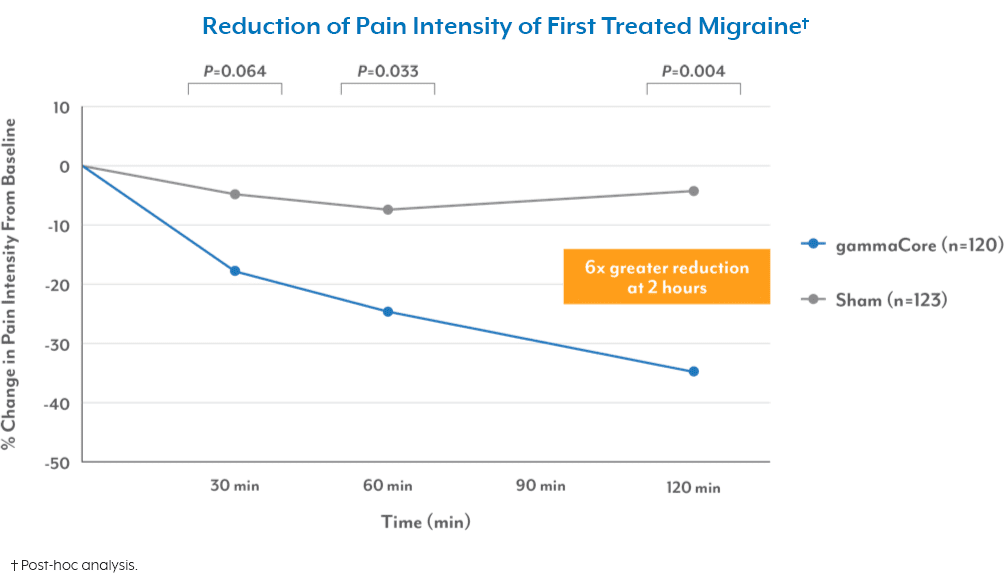
Living with constant, one-sided head pain is exhausting—and for people with hemicrania continua, it can feel like there’s no relief in sight. This rare but persistent headache disorder causes continuous pain on one side of the head, often accompanied by other uncomfortable symptoms like red eyes, tearing, nasal congestion, and even drooping eyelids. While it’s easy to mistake hemicrania continua for chronic migraine or sinus issues, it’s a unique condition that requires a specific treatment approach.
If you or someone you know has been diagnosed with hemicrania continua, the good news is that there are effective treatment options available. Here’s a breakdown of what’s out there, from first-line medications to newer, non-drug alternatives.
First-Line Treatment: Indomethacin
The go-to treatment for hemicrania continua is usually a medication called indomethacin. It’s a type of nonsteroidal anti-inflammatory drug (NSAID), similar to ibuprofen, but much stronger. One of the defining features of hemicrania continua is that it responds completely or almost completely to indomethacin. In fact, this response is one of the ways doctors confirm the diagnosis.
Indomethacin can bring fast and dramatic relief, but it’s not without downsides. Some people experience significant side effects, especially when taking it daily over a long period. Some of the most common adverse reactions to the drug are headaches (ironic, we know), dizziness, indigestion, and nausea.[1] Other adverse effects can include:
These can include[2]:
- Allergic reactions
- Stomach pain or ulcers
- Gastrointestinal bleeding
- Loss of appetite
- Kidney or liver problems
- Heart problems
Because of these risks, doctors often recommend using the lowest possible dose for the shortest time necessary—or looking for alternative treatments when possible.
Other Medications That May Help
If indomethacin isn’t an option due to side effects or other medical conditions, some doctors may try other types of medications, including:
- COX-2 inhibitors[3]: These are similar to NSAIDs but may be easier on the stomach.
- Gabapentin or pregabalin[4]: Medications often used for nerve pain that may reduce headache frequency.
- Tricyclic antidepressants[5]: These may help regulate pain pathways and improve sleep.
- Calcium channel blockers[6]: Sometimes used if symptoms overlap with cluster headache.
- Corticosteroids[7]: Occasionally used short-term during severe flare-ups.
While these options may help in some cases, they don’t tend to work as well—or as reliably—as indomethacin.
The other thing to note about medications, whether it’s indomethacin or one of the others, is that there is always a risk of contraindications, making it imperative that you always consult with a health care provider.
Non-Drug Treatment Option: Vagus Nerve Stimulation (VNS)
For people who can’t tolerate indomethacin or want to explore a non-drug approach, vagus nerve stimulation (VNS) is an exciting and emerging option. Your vagus nerve plays a key role in regulating pain, mood, and inflammation. Stimulating this nerve can help interrupt headache signals and restore balance in the nervous system. That’s where gammaCore™ non-invasive vagus nerve stimulator (nVNS) comes in.
gammaCore nvNS is a handheld device that delivers gentle electrical stimulation to the vagus nerve through the skin of the neck—no surgery, needles, or drugs required. It’s FDA-cleared to treat hemicrania continua, as well as cluster headache and migraine. Patients can use gammaCore at home, following a treatment plan provided by their health care provider. For many, it’s a way to manage symptoms without relying on daily medications—and without the side effects associated with long-term medication use.
Lifestyle Support and Headache Management
While medication and devices like gammaCore are central to treatment, managing hemicrania continua often involves looking at the bigger picture. That includes:
- Getting consistent sleep.
- Managing stress through relaxation techniques, yoga, or therapy.
- Tracking symptoms with a headache diary to spot patterns or triggers.
- Avoiding known headache triggers, if any are identified.
These steps can’t cure hemicrania continua, but they can make flare-ups more manageable and improve overall quality of life.
If you’ve been struggling with persistent, one-sided head pain, don’t lose hope. The right treatment plan—whether it’s indomethacin, other medications, or non-invasive options like gammaCore—can bring meaningful relief.
To see if gammaCore is right for you, visit our clinic finder to locate a health care provider near you, or contact our dedicated Customer Experience team at 888-903-2673 or customerservice@electrocore.com.
References
1. Munjal, A., & Allam, A. E. (2025). Indomethacin. StatPearls Publishing. https://www.ncbi.nlm.nih.gov/sites/books/NBK555936/
2. Munjal, A., & Allam, A. E. (2025). Indomethacin. StatPearls Publishing. https://www.ncbi.nlm.nih.gov/sites/books/NBK555936/
3. Perez, M. F., & Silberstein, S. D. (2002). Hemicrania continua responds to cyclooxygenase-2 inhibitors. Headache, 42(6), 530-531. https://doi.org/10.1046/j.1526-4610.2002.02131.x
4. Osiowski, A., Stolarz, K., & Taterra, D. (2025). How can you manage an indomethacin-responsive headache in someone who cannot take indomethacin? Current Opinion in Neurology. https://doi.org/10.1097/WCO.0000000000001347
5. (n.d.). Hemicrania Continua. Brain Facts. Retrieved April 30, 2025, from https://www.brainfacts.org/diseases-and-disorders/neurological-disorders-az/diseases-a-to-z-from-ninds/hemicrania-continua
6. Rajabally, Y. A., & Jacob, S. (2001). Hemicrania continua responsive to verapamil. Headache, 45(8), 1082-1083. https://doi.org/10.1111/j.1526-4610.2005.05193_1.x
7. Hameed, S., & Sharman, T. (2024). Hemicrania Continua. StatPearls Publishing. https://www.ncbi.nlm.nih.gov/books/NBK557568/



